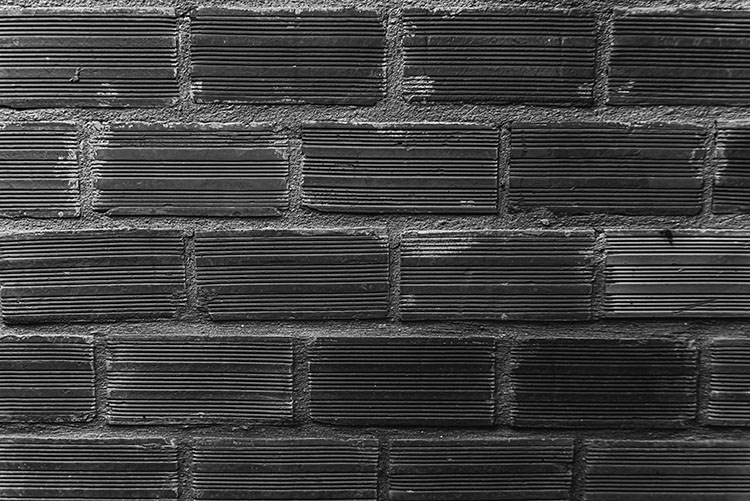Concrete expansion joints are essential components in preventing damage to concrete structures due to temperature fluctuations, moisture, and settlement. However, over time, these joints can develop issues that compromise the integrity of your property. If you’re dealing with cracked or misaligned expansion joints in Long Island, Brooklyn, Queens, or Bronx, it’s crucial to address them promptly. In this blog, we’ll discuss the most common concrete expansion joint problems and how to fix them to ensure the durability and safety of your concrete surfaces.
What Are Concrete Expansion Joints?
Concrete expansion joints are designed to accommodate the natural expansion and contraction of concrete due to changes in temperature. They help prevent cracks and damage by allowing concrete to shift and settle without causing structural issues. These joints are typically filled with materials like foam, rubber, or sealant to absorb movement and provide a flexible barrier.
Common Problems with Concrete Expansion Joints
- Cracked or Broken Joints Over time, concrete expansion joints can develop cracks or break apart. This is often due to constant pressure from the expansion and contraction of concrete, weathering, or poor installation. When these joints are compromised, the concrete can shift or crack, leading to costly repairs.
How to Fix It: When it comes to fixing expansion joints that are cracked or broken, remove the damaged material and clean the joint thoroughly. Then, apply a new sealant, such as polyurethane or silicone, that is flexible and durable. For more extensive damage, consider replacing the joint entirely with a high-quality material designed for the specific conditions of your location. - Inadequate Sealant or Wear and Tear Sealants play a vital role in protecting concrete expansion joints from water infiltration and weather damage. If the sealant becomes worn or cracked, moisture can seep into the joint, causing further deterioration.
How to Fix It: Regularly inspect and maintain the sealant. If it shows signs of wear, remove the old sealant and replace it with a high-performance sealant. Silicone, polyurethane, or polysulfide sealants are ideal for this purpose. Proper application is essential to ensure a waterproof barrier that prevents moisture from damaging the concrete. - Misaligned Joints Sometimes, expansion joints can shift or become misaligned due to settlement or improper installation. This misalignment can result in uneven concrete surfaces, which can be a tripping hazard or cause further damage to your foundation.
How to Fix It: If the expansion joints are misaligned, it’s important to realign them as soon as possible. A professional mudjacking service can help lift and level the concrete, ensuring that the joints are properly aligned. Once the joint is aligned, apply a fresh sealant to restore its function. - Debris Build-Up Over time, debris, dirt, and vegetation can accumulate in the expansion joint, obstructing its ability to function properly. This buildup can cause the joint to lose its flexibility, leading to cracking and water penetration.
How to Fix It: Clean out the debris from the expansion joint to ensure that it remains clear. For regular maintenance, consider installing a mesh or cover to prevent debris from entering. Ensure that the joint remains flexible and functional by applying a fresh layer of sealant after cleaning. - Water Damage Water can be one of the biggest culprits when it comes to concrete expansion joint damage. If water is allowed to enter the joint and pool in the area, it can weaken the concrete and cause cracks.
How to Fix It: To prevent water damage, ensure that the sealant is applied correctly and inspect it regularly. A waterproof sealant can also be used to protect the joint from moisture. Additionally, if the joint is near a drain or low point, ensure that water can easily flow away from the joint.
Why Professional Mudjacking Services Are Important
Fixing concrete expansion joints often requires specialized knowledge and tools, especially when it comes to addressing issues like misalignment or lifting concrete. Professional mudjacking services can restore the structural integrity of your concrete surfaces by injecting a specialized grout mixture beneath the slab to lift and level the concrete. This process not only corrects misaligned joints but also prevents further damage.
Conclusion
Concrete expansion joints are vital for the longevity and safety of your concrete surfaces, but they can face a variety of issues over time. Whether you’re dealing with cracked joints, worn sealant, or misalignment, addressing these problems early can save you from more expensive repairs down the line. If you’re located in Long Island, Brooklyn, Queens, or the Bronx, our mudjacking experts are here to help. Contact us today for professional assistance with your concrete expansion joints!
Have issues with your concrete expansion joints? Contact us at The Mudjacking Contractor for expert mudjacking services and affordable solutions. We’re serving Long Island, Brooklyn, Queens, and the Bronx—reach out today to get a free estimate!

